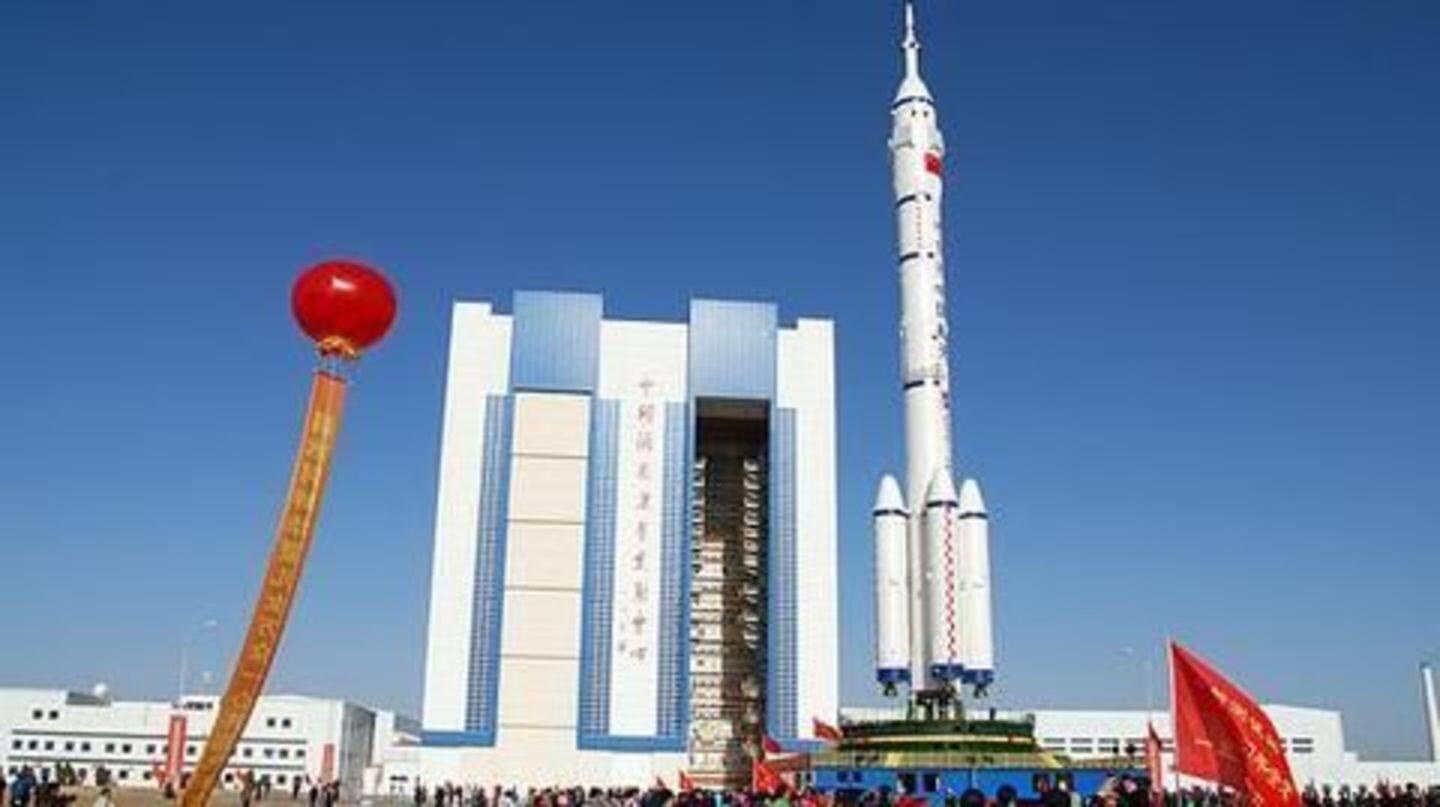
China to launch 30 space missions in 2017
What's the story
China has begun expanding its space faring capabilities.
China Aerospace Science and Technology Corporation stated that China is planning to launch 30 space-missions this year, 8 more than last year's record setting mark.
China plans to launch a lunar probe, which is to land on the far side of the moon in 2018; it also seeks to begin construction of its space station.
Origins
China's space program
The Chinese Space Program began in early 1950s when the country embarked on a ballistic missile program; its space program is directed by the China National Space Administration.
China launched its first satellite in April 1970, making it the fifth nation in the world to achieve space capabilities.
Since then, the program has expanded to include a lunar mission, a space station, etc.
Launch vehicles
China's launch vehicles
The Long march series of rockets are China's primary launch vehicles for its space missions.
They were developed as multi-stage variants of China's Dong Feng ballistic missile technology.
Today the primary launch vehicles for China include the Long March 5 (heavy lift) and the Long March 7 (medium lift) rockets.
The Long March 6 and Long March 11 rockets are used for smaller payloads.
Data
NASA weary of Chinese competition?
Researchers from NASA are banned from working with Chinese individuals affiliated with any state enterprises. The US has banned NASA from hosting Chinese visitors. When US satellite companies helped China ascertain causes of a failed launch, the company was fined $14 million by the government.
Milestones
The progress of China's space program
China launched its first satellite in 1970; after that China made several advances in technology enabling the launch of several more satellites.
In 2003, China became the third nation to independently launch a crewed space program, putting an astronaut into space for 21 hours.
China developed the Tiangong-1 space station module and staged a space-walk in 2011; it landed a lunar rover in 2013.
Information
Tiangong-1 crashing to earth?
After being decommissioned in March 2016, China lost control of the Tiangong-1 space-station module. Officials expect it to re-enter earth's orbit in 2017, however it is uncertain where or when it will make its re-entry.
More progress
Tiangong-2, a Chinese space station
In September 2016, China launched the Tiangong-2 space lab; the Shenzhou 11 rocket successfully docked with the lab a month later carrying 2 astronauts, making a remarkable independent feat.
China's first cargo spacecraft Tianzhou-1 is expected to dock with Tiangong-2 in early-2017 carrying supplies for experiments.
With this, China aims to have its first fully-functional space station in orbit by 2022.
Information
China's Mars mission by 2020
China has expressed hope that it would successfully place a satellite in Mars's orbit by 2020 and launch a ground rover subsequently. It expects to launch the larger Tiangong-3 space-station module into orbit by 2022.
Do you know?
China's future: Competing with SpaceX?
In November 2016, China launched Expace Technology Co., a commercial space company promising the lowest prices and highest launch rates. China Academy of Launch Vehicle Technologies unveiled plans for China's vertical-launch, reusable Space-plane, for satellite launches and tourism. A technology-demonstrator will be launched in 2020.